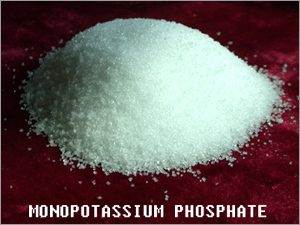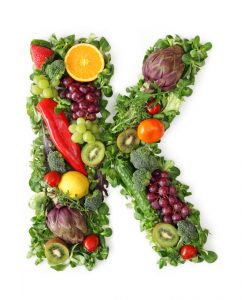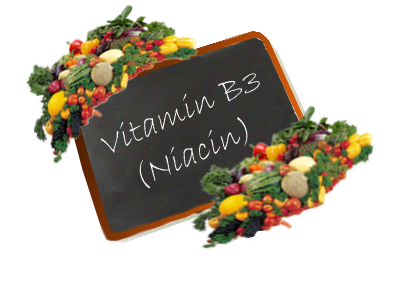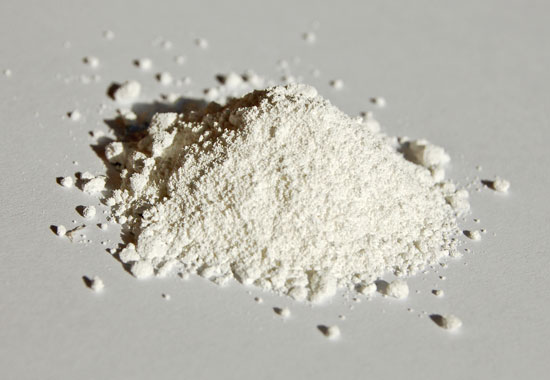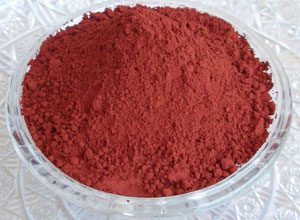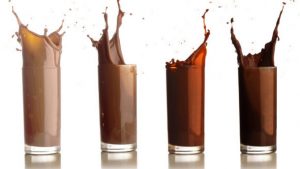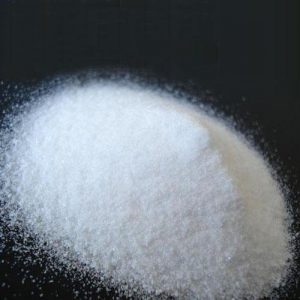Applications and Uses of Potassium Tripolyphosphate
Potassium Tripolyphosphate is a food additive that appears as a white powder. It is used as organizational improvements, chelating agents, and water retention agents in food. Potassium tripolyphosphate is used in meat, fish, shrimp, and dairy products.
Potassium Tripolyphosphate comes in a white powder and granular form. It is used as a sequestering agent for calcium and magnesium in food products. Applications for Potassium Tripolyphosphate include low sodium meats, processed seafood and cheeses, soups and sauces, noodle products and modified starches.
Potassium Tripolyphosphate is a potassium salt of phosphoric acid widely used as emulsifier and stabilizer in food production, beverage, agriculture/animal feed, and various other industries.
Potassium Tripolyphosphate uses as follows:
In Food Production
Potassium Tripolyphosphate is widely used as emulsifier and stabilizer in food production. As preservatives: in Seafood, meat, poultry to extend shelf life. As emulsifier: in canned food to promote emulsification and maintain moisture.
In Beverage
Potassium Tripolyphosphate is widely used as emulsifier, preservatives, humectant, soften agents and thickeners in beverage. As emulsifier, preservatives, humectant, soften agents and thickeners: in fruit juice to improve quality and extend shelf life.
In Pharmaceutical
Not enough is known about application of Potassium Tripolyphosphate in Pharmaceutical.
In Cosmetics
Not enough is known about application of Potassium Tripolyphosphate in Cosmetics.
In Agriculture/Animal Feed
Potassium Tripolyphosphate is widely used as preservatives in Agriculture/Animal Feed. As preservatives: in feed additives to extend shelf life.
In Other Industries
Potassium Tripolyphosphate is widely used as intermediate in various other industries. As intermediate: in manufacturing of washing fine.


